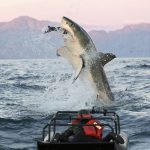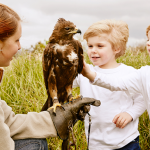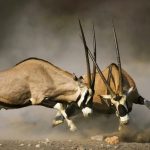About the Itinerary
*Collection time: 8h00
*Return Time: 18h00
Today you undertake a full day Cape Point Tour. First on the program is a drive to Cape Point, where traditionally the two oceans, the Atlantic and the Indian meet. On our drive along the rugged and scenic Atlantic coast, you will begin to understand why Sir Francis Drake described this as “the most beautiful Cape in whole the circumference of the globe”, but also why at times the Portuguese name of the “Cape of Storms”, could be as appropriate.
We also visit Boulder’s Beach, home of one of the very rare African Penguin colonies on the African coast. The tour ends with a visit to the Kirstenbosch National Botanical Gardens, world-renowned for the beauty and diversity of the Cape flora it displays, and for the magnificence of its setting against the eastern slopes of Table Mountain.
Whats included
- Entrance fee into Cape Point Nature Reserve
- Entrance fee into penguin colony at boulders beach
- A return Ticket up to Cape Point on the Flying Dutchman Funicular
- Entrance fee through Chapmans Peak drive Toll Gates
- Certified Guide and Vehicle
- Bottled water on-board tour vehicle
- Complimentary high speed Wireless internet
Whats Excluded
- Lunch: While lunch is excluded, we do allocate time for it and pass through some lovely places that cater for lunch e.g.- Cafe Penguino for a relatively light meal(Salad, Sandwiches, spinach quiche e.t.c) Bertha’s Restaurant in Simons Town or the 2 Oceans Restaurant at Cape Point for a more formal sit down global cuisine
- Optional Visiting fee for Seal Island, Hout Bay
Mini Map of the Tour Route
Tour Sequence
- Collection from Hotel Lobby
- Head out to Kalk-Bay through the Constantia-Kirstenbosch route
- Town Orientation of Kalk Bay including (Olympia Café and the fish Market)
- Drive through interesting coastal villages of Fish-hoek and Glen Cairn
- Town Orientation of Simons Town before heading to the Penguin colony at Boulders Beach.Visit the penguins and time permitting, enjoy some quality time swimming on the beach.
- Head out to The Table Mountain National Park entrance. First stop at the Cape Of Good Hope (The South Western Tip of Africa), enjoy some time to breath the fresh air and take some pictures while your guides prepares Champaign to toast the significance of the moment and place 15.min
- Head out to the 2 Oceans Restaurant for Lunch, (2pm-3pm)
- After lunch we take the Funicular up to the Cape Point Lighthouse to take pictures of the meeting place of the 2 great currents; the Agulhas and the benguela currents/ or the warmer Indian from the left facing south and the colder Atlantic from the right facing south) 40min
- Head back to Cape Town using the Western coastline of the peninsular passing through small put picturesque towns (Scarborough, Kommetjie and Noordhoek)
- Enjoy the highlight of the drive back to the city, The breathtaking Chapmans Peak drive. stop along the way to take some pictures
- Drive through orientation of Hout Bay, the Atlantic Seaboard heading to Camps Bay
- Drive through the seaboard coastal drive leading to Sea-point and finally the V&A Waterfront before heading to your hotel: approx. 18h00)
_______________________________________
Tour Highlights
The Atlantic Seaboard
Chapman’s Peak is about 15 kilometres south of Cape Town, South Africa. It is opposite the inlet on which the town of Hout Bay is centred., The western flank of the mountain falls sharply for hundreds of metres into the Atlantic Ocean. A spectacular road, known as Chapman’s Peak Drive, hugs the near-vertical face of the mountain from Hout Bay to Noordhoek.
Hacked out of the face of the mountain between 1915 and 1922, the road was at the time regarded as a major feat of engineering. Chapman’s Peak Drive was closed in the 1990s, after a rockfall caused a death and a subsequent lawsuit, and subsequently reopened after being re-engineered to protect motorists from falling rocks. It was reopened in 2005 as a toll road. The road was again closed for a number of months beginning on 19 June 2008 “as a result of risk areas identified on the mountain above the road”, but has since been reopened indefinitely
- Chapman’s Peak is named after John Chapman, the pilot of an English ship becalmed in today’s Hout Bay in 1607. The skipper sent his pilot ashore to find provisions, and the name was recorded was Chapman’s Chaunce.
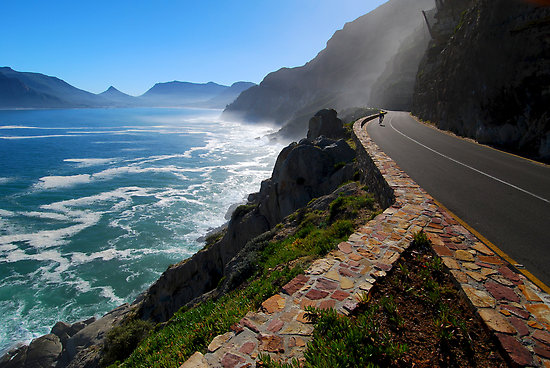
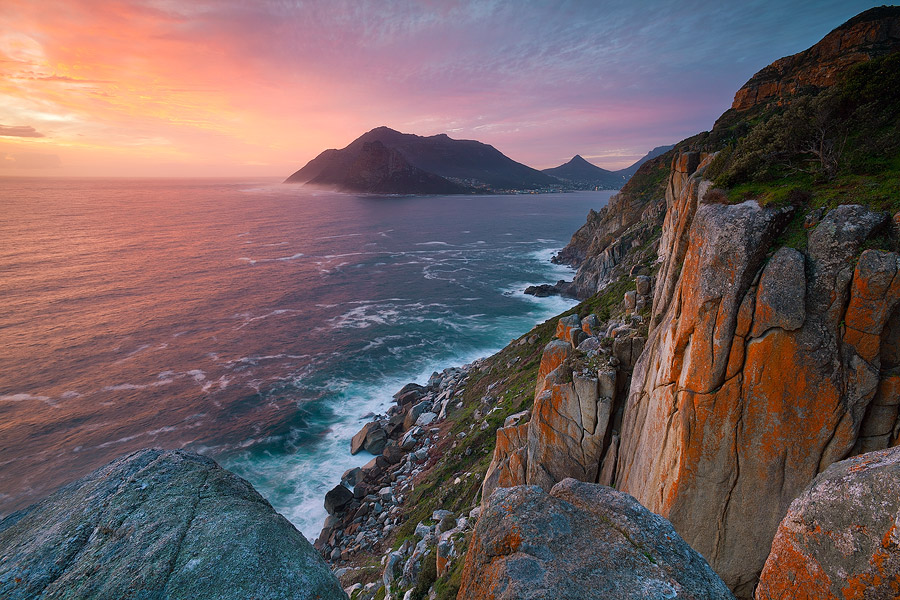
Fishing Village of Hout Bay (boating to seal Island)
Hout Bay is often called the Heart of the Cape, a 20 minute drive from the Cape Town city centre, almost halfway between Cape Town and Cape Point. Houtbaai, named by Dutch explorers, literally translated means Wood Bay.Jan van Riebeeck described Hout Bay as having the most beautiful forests he had ever seen. The timber was used to help build the fort at Cape Town and the subsequent port that grew to Cape Town city.Hout Bay was then divided up into a few farms Kronendal, Moddergat and Ruyteplaats. Over time the farms were divided up however today Hout Bay still enjoys a rural atmosphere with several equestrian estates and small holdings.
Hout Bay has become very popular as a seaside resort town with its unique location at the start of the Atlantic Seaboard and yet still only thirty minutes drive from most of Cape Towns top attractions. Hout Bay is recognised as one of South Africa’s leading destinations for local tourists and has become a popular place for international tourists to base their South African holiday. A growing bed and breakfast industry supports the demand from holidaymakers. Hout Bay real estate now includes holiday accommodation, family homes ranging from apartments to seaview properties in security estates.
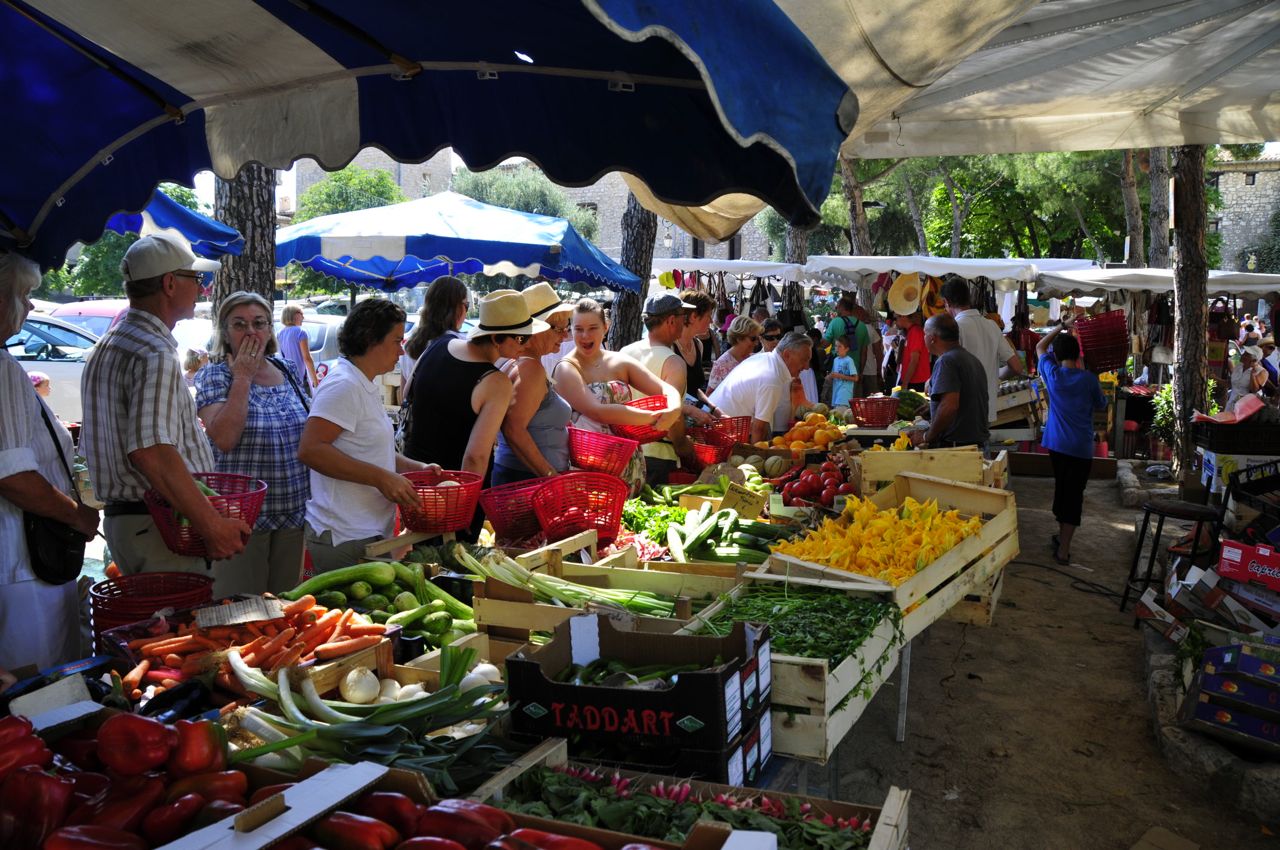

Chapmans Peak
Chapman’s Peak Drive toll road winds its way between Noordhoek and Hout Bay on the Atlantic Coast on the south-western tip of South Africa. Chapman’s Peak Drive is one of the most spectacular marine drives in the world.
Chapman’s Peak is named after John Chapman, the Captain’s mate of an English ship, the Consent. The peak which looms overhead was not named after a governor or brave mountaineer, but a lowly ship’s pilot. In 1607 the skipper of the British ship Contest found his vessel becalmed in what is now Hout Bay and sent his pilot, John Chapman, to row ashore in the hope of finding provisions. The pilot later recorded the bay as Chapman’s Chaunce (chance) and the name stuck, becoming official on all East India charts.


Cape Point Nature Reserve & Cape Of Good Hope
Bartholomeu Dias, the Portuguese seafarer, was the first to sail around the Cape (in 1488). On his return voyage, which must have been particularly stormy, Dias stopped at the south-western tip of South Africa, and named it Cabo Tormentoso, or Cape of Storms. King John of Portugal later gave it the name Cabo da Boa Esperança, or Cape of Good Hope. Another Portuguese explorer, Vasco da Gama, rounded the Cape on 22 November 1497 on his way to India.The journeys of these explorers led to the establishment of the Cape sea route. This meant more regular sailings around the tip. It also indirectly to led to a number of casualties along these unpredictable shores. Today, shipwrecks and stone crosses bear testimony to the treacherous and challenging historic sea route.
The lighthouse at Cape Point is the most powerful on the South African coast. It has a range of 63 kilometres, and beams out a group of three flashes of 10 million candlepower each, every 30 seconds. But, through history, mariners had taken a rather dimmer view of warning beacons around the Point.
A lighthouse was built In 1857, on Cape Point Peak, 238 metres above sea level. The equipment for the lighthouse had been shipped from England. However, because of its high position, clouds and fog often obscured the lighthouse. In fact, for an alarming 900 hours per year on average, its light was invisible to ships at sea at a certain angle.After the Portuguese liner Lusitania ran aground on 18 April 1911, the lighthouse was moved to its present location above Cape Point, only 87 metres above sea-level. A stone replica of Vasco Da Gama’s cross which was planted there in 1487 stands tall on the hillside above the beach. It marks the spot where the Portuguese explorers had come ashore.
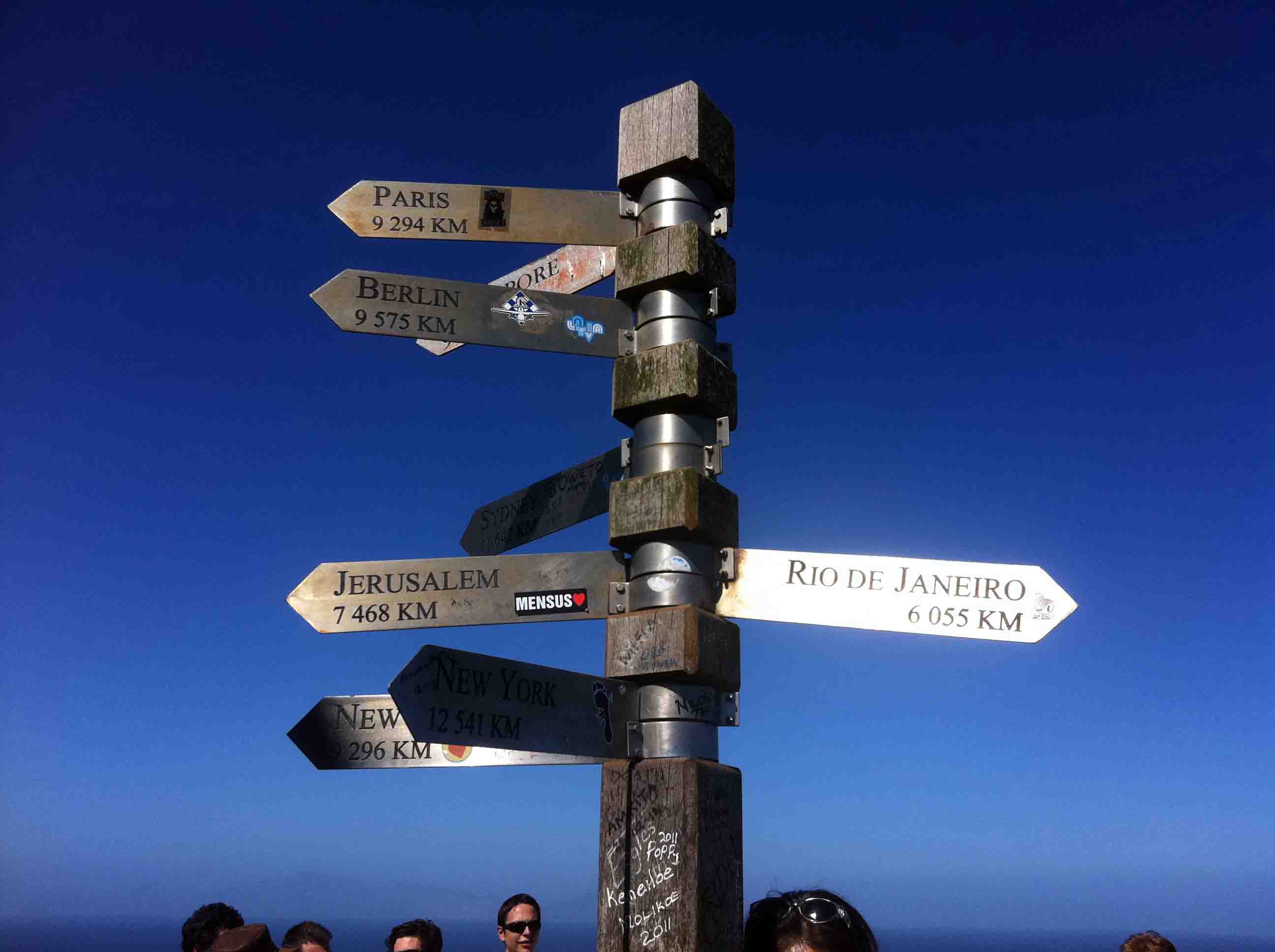

Simons Town & The Penguins at Boulders Beach
The Boulders Beach penguins are about as famous as birds can be. They’re also ever-more endangered. The birds, who draw crowds of visitors who can’t resist their waddling ways, are under threat from loss of habitat, dwindling fish resources, and their human neighbours.Each year, around 60 000 visitors flock to Simonstown to photograph and watch the the famous Boulders Beach penguins. Few visitors though, realise that for all their amusing antics and endearing appearance, African penguins are increasingly endangered.
Boulders Beach remains the only place in the world where one can get up-close to African penguins. Penguin viewing is made easier by boardwalks that traverse the beaches and an information centre, which is managed by South African National Parks (SANParks).
Years of over-fishing, pollution, egg predation by seabirds, and guano scraping of their preferred nesting sites has left Africa’s penguins in peril, but there’s hope.
In a bid to curb the continued loss of chicks, and provide a safe breeding environment, Boulders Coastal Park management has introduced artificial nesting boxes. And, thanks to conservation initiatives by the Southern African Foundation for the Conservation of Coastal Birds (SANCCOB), the Dyer Island Conservation Trust, and SANParks, Simonstown’s precious penguins may yet survive to swim another day.
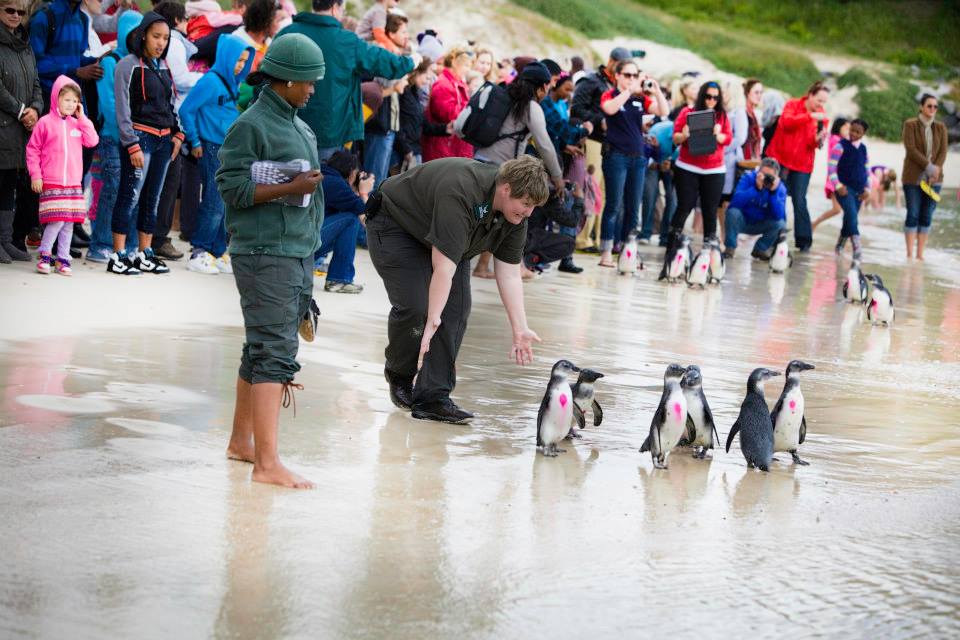

Return to Hotel
After your tour, your dedicated guide will escort you back to your Hotel where you will relax for the rest of the evening.


